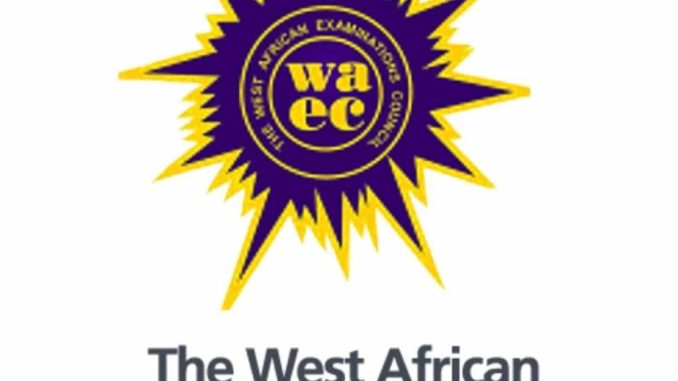
WAEC 2025 Store keeping Questions & Answers
BOOK KEEPING – WAEC 2025
(1a)
(PICK FOUR ONLY)
(i) Cash book
(ii) Sales day book
(iii) Purchases day book
(iv) General ledger
(v) Debtors ledger
(vi) Creditors ledger
(vii) Journal proper
(viii) Petty cash book
(1b)
(PICK THREE ONLY)
(i) Accurate record keeping: Mr. Adamu would ensure all financial transactions are properly recorded and maintained.
(ii) Financial planning and control: With accurate records, the business can plan and control its finances effectively.
(iii) Preparation of financial statements: He would help in preparing profit and loss accounts and balance sheets.
(iv) Compliance with regulations: Proper bookkeeping ensures the business complies with tax and legal requirements.
(v) Detection and prevention of fraud: Regular and accurate record-keeping can help detect and prevent financial irregularities.
(vi) Informed decision-making: Reliable financial data provided by Mr. Adamu would aid in making sound business decisions.
=================
(2a)
(PICK TWO ONLY)
(i) Control over petty expenses: The imprest system ensures that petty cash is spent only for authorized minor expenses.
(ii) Easy reimbursement: It simplifies the process of reimbursing petty cash to maintain a fixed balance.
(iii) Prevents misuse of funds: The system helps prevent misuse or misappropriation of petty cash by limiting the amount available.
(iv) Enhances accountability: Each disbursement is recorded and backed by a receipt, making the custodian accountable.
(v) Facilitates proper record-keeping: The system enables systematic and accurate recording of all minor expenses for future reference.
(2b)
(PICK THREE ONLY)
(i) Cash column records physical cash transactions, while bank column records transactions done through the bank.
(ii) Cash column shows only cash receipts and payments, while bank column shows bank deposits and withdrawals.
(iii) Cash column cannot show overdraft, while bank column can reflect bank overdraft.
(iv) Cash column always has a debit balance, while bank column can have either a debit or credit balance.
(v) Cash column is affected by cash sales or purchases, while bank column is affected by cheque payments or receipts.
(vi) Cash column is used to track petty cash flow, while bank column is used to track bank account activities.
(vii) Errors in the cash column are corrected in the cash book itself, while errors in the bank column may require a bank reconciliation.
=================
(3a)
A balance sheet is a fundamental financial statement that provides a snapshot of an enterprise’s financial position at a specific point in time.
(3b)
(i)Dual Aspect
(ii)Snapshot in Time
(iii)Classification
(3c)
(i) Bought goods by cheque: This transaction decreases the bank balance (asset) and increases inventory (asset), maintaining the balance.
(ii) Paid creditors by cheque: Reduces both the bank balance (asset) and accounts payable (liability), reflecting a decrease in both assets and liabilities.
(iii) Additional capital introduced by the owner: Increases the bank balance (asset) and owners’ equity, enhancing the financial position.
(iv) Bought motor vehicle on credit: Increases both non-current assets (motor vehicle) and liabilities (accounts payable), maintaining the balance.
(v) Owners withdrew money from the business: Decreases the bank balance (asset) and owners’ equity, reflecting a reduction in financial resources.
================
(4a)
Depreciation is the gradual reduction in the value of a fixed asset over time due to wear and tear, usage, obsolescence, or passage of time. It represents the cost of using the asset and is recorded as an expense in the financial statements.
(4b)
(PICK ANY FOUR)
(i) Wear and Tear: Physical deterioration due to regular usage.
(ii) Passage of Time: Even without use, some assets lose value over time.
(iii) Obsolescence: Assets become outdated due to technological advancements.
(iv) Exhaustion: In the case of natural resources, depletion causes depreciation.
(v) Accidents or Damages: Unexpected events can reduce an asset’s value.
(vi) Lack of Maintenance: Poor upkeep can accelerate depreciation.
(vii) Legal or Regulatory Changes: New laws may reduce the usability or value of an asset.
(4c)
Scrap value is the estimated amount that a fixed asset can be sold for at the end of its useful life. It represents the residual value after the asset is no longer useful for operations.
*WHILE*
Estimated useful life of a fixed cost , on the other hand, is the expected time period during which the asset will be actively used in the business to generate income.

Leave a Reply